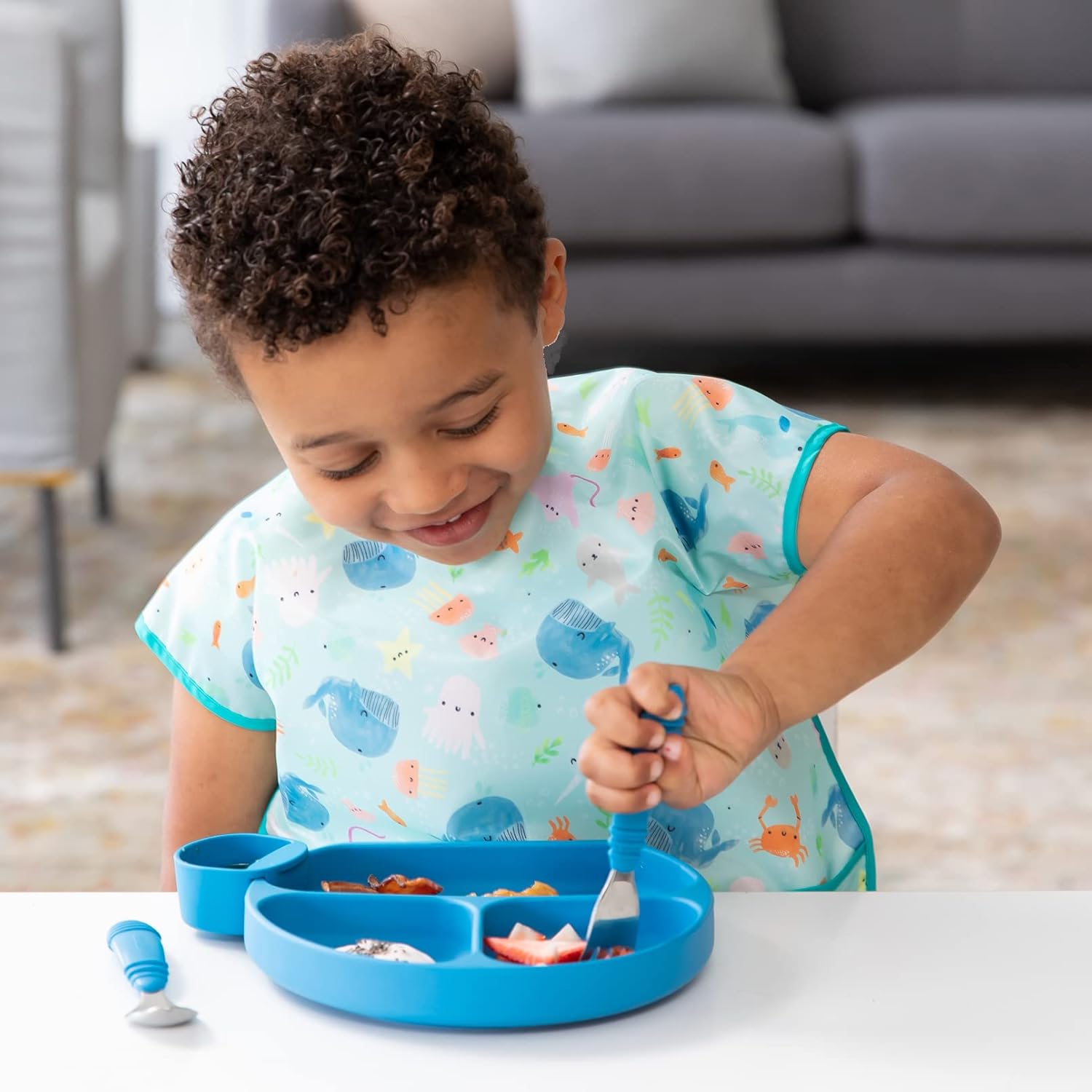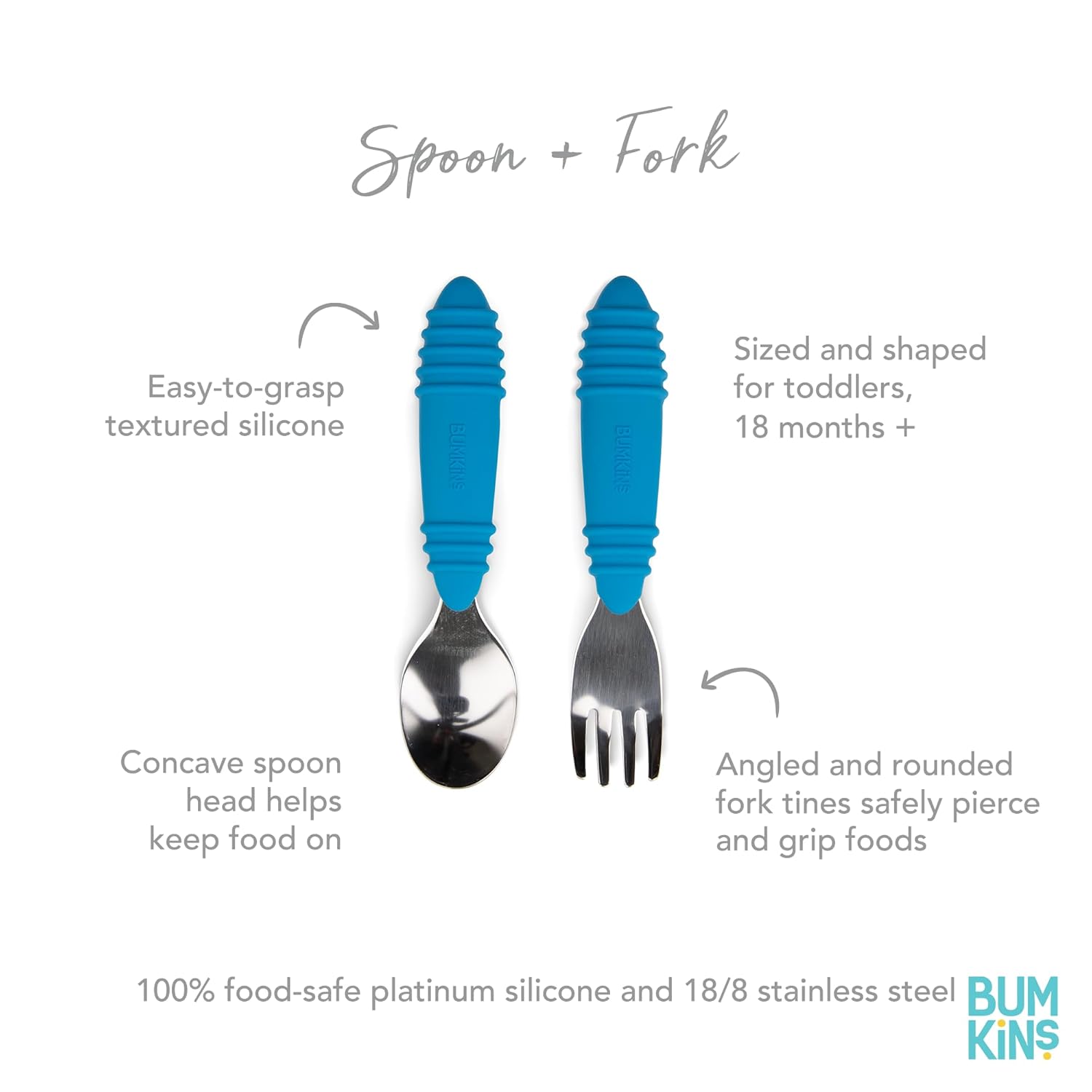




Price: $12.95
(as of Mar 31, 2025 16:03:29 UTC - Details)
The Ultimate Guide to Cleaning Silverware: Best Methods Revealed
Introduction
If you've ever struggled with tarnished silverware, you're not alone. Many people wonder, "What is the best way to clean silverware?" Whether it's a family heirloom or a set of everyday utensils, keeping your silverware looking pristine can seem like a daunting task. In this comprehensive guide, we will explore the best methods for cleaning silverware, focusing on practical tips and tricks to restore shine and luster. By the end of this article, you'll have a toolbox of techniques to tackle any silver cleaning challenge.
Understanding Silverware Tarnish
What Causes Silverware to Tarnish?
Tarnish is a common problem that occurs when silver reacts with sulfur compounds in the air or in food. This chemical reaction leads to a dull, grayish film that can mar the beauty of your silverware. Understanding the causes of tarnish will help you prevent it from forming in the first place.
Preventing Tarnish on Silverware
One of the best ways to deal with tarnish is to prevent it altogether. Store your silverware in a cool, dry place. Consider using anti-tarnish cloths or pouches that can absorb moisture and prevent tarnishing agents from settling on your silverware.
Best Methods for Cleaning Silverware
Method 1: Baking Soda and Water Paste
One of the simplest and most effective methods for cleaning silverware involves using baking soda and water. This method is gentle yet powerful enough to remove tarnish without scratching the surface of your silver.
- Create the Paste: Mix three parts baking soda with one part water to form a thick paste.
- Apply the Paste: Use a soft cloth or sponge to apply the paste to the tarnished areas of your silverware.
- Rinse and Dry: After scrubbing gently, rinse the silverware under warm water and dry it with a soft, lint-free cloth.
Method 2: Aluminum Foil and Baking Soda
This method is a little more advanced but incredibly effective. The aluminum foil combined with baking soda creates a chemical reaction that lifts tarnish away.
- Line a Bowl with Foil: Place a piece of aluminum foil in a bowl, shiny side up.
- Add Baking Soda and Hot Water: Sprinkle baking soda over the foil and pour in hot water.
- Soak the Silverware: Submerge your tarnished silverware in the solution for about 10 minutes. Rinse and dry thoroughly afterward.
Method 3: Vinegar and Baking Soda Solution
Combining vinegar and baking soda can also yield impressive results when cleaning silverware.
- Mix the Ingredients: Pour a cup of vinegar into a bowl and add two tablespoons of baking soda.
- Soak the Silverware: Place the tarnished items into the mixture. Let them soak for about two to three hours.
- Rinse and Polish: Rinse the silverware under warm water and polish with a soft cloth.
Method 4: Toothpaste for Silverware Cleaning
Toothpaste is not just for your teeth; it can also be a handy silver cleaner.
- Choose the Right Toothpaste: Opt for a non-gel, non-whitening toothpaste.
- Apply Sparingly: Use a soft cloth or your finger to apply a small amount of toothpaste to the tarnished area.
- Gently Scrub: Rub in a circular motion, then rinse with warm water and dry with a soft cloth.
Tips for Maintaining Your Silverware
Regular Cleaning Routine
Establishing a regular cleaning routine will help keep your silverware looking its best. A quick rinse and dry after each use can prevent tarnish from building up.
Proper Storage Techniques
Store your silverware in a way that minimizes exposure to air and moisture. Use cloth bags or special silverware drawers to keep them protected.
Avoiding Harmful Substances
Be mindful of what you use to clean your silverware. Avoid harsh chemicals and abrasive materials that can scratch and damage the surface.
Conclusion
In summary, knowing how to clean silverware effectively can make a significant difference in how your utensils look and feel. From baking soda and water to the effective combination of vinegar and baking soda, there are numerous techniques you can use to keep tarnish at bay. By implementing these methods and maintaining a regular cleaning routine, you can ensure your silverware remains as stunning as the day you acquired it. So next time you ponder, "What is the best way to clean silverware?" you’ll have the answers at your fingertips. Happy cleaning!
TODDLER UTENSILS – This set is sized and shaped just right for self-feeding; concave stainless-steel fork and spoon heads help keep food on the utensils; outer fork tines are bent (like a spork) to help pierce solid foods and keep food on the fork
EASY TO HOLD – Sized just right for babies 18 months up, textured silicone handles helps make them easy to grip and hold; each spoon and fork measure approximately 5.5in long x 1.25in wide
PLATINUM CURED SILICONE – Bumkins uses the highest quality curing process; it does not result in the creation of any by-products, ensuring you get the purest silicone; made from 100-percent food-safe silicone
SAFETY TESTED – At Bumkins, we use 3rd party labs to ensure the products we manufacture comply with CPSC and CPSIA standards for BPA, Lead, and Phthalates
EASY TO CLEAN – Hand wash and dishwasher safe; can be boiled to deep clean; silicone can absorb scents, so we recommend cleaning with unscented, natural detergent
ABOUT BUMKINS – For over 30 years, Bumkins has been creating thoughtful and responsibly made essentials for babies and kids, making parenting easier so families can cherish those special moments; we are based in Phoenix, AZ
